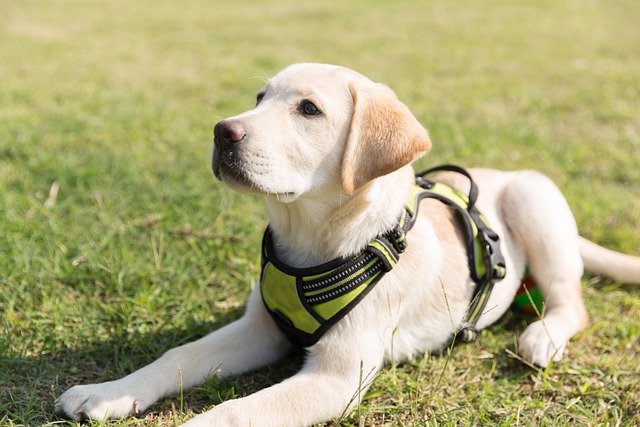
How can I tell if my dog's heatstroke is serious
Let’s be real: It’s a sticky August morning in Los Angeles, and you took your 2-year-old Golden Retriever, Max, for a walk a little later than usual
Picture a rainy Tuesday evening: Your dog stares at you with restless energy, but the toy bin’s empty. Don’t panic—some of the deepest bonds form through toy-free interaction. Dogs evolved to engage with people, not plastic. The secret lies in leveraging their natural instincts: scent drives, prey sequences, and social bonding. Forget store-bought solutions; your body and brain are the ultimate playthings.
Start with "find it" scent games. Hide treats in muffin tins covered with tennis balls (or crumpled paper if balls are lacking), guiding your dog with "Warmer/Colder" cues. As their nose works, dopamine floods their brain—this is mental exhaustion disguised as fun. Next, channel their inner predator through interactive movement: Dance around the room with exaggerated steps, letting them "herd" your feet, then reward with chest scratches when they follow. For tug-free play, knot an old towel into a rope for gentle mouth wrestling only if your dog releases on cue like "Drop!"—crucial for bite inhibition.
Cultural compliance is non-negotiable. Never use hands/feet as "prey" during chase games—this teaches biting human skin, violating force-free norms codified in places like Sweden’s Animal Welfare Act. In apartments, prioritize quiet games: Teach "paw targeting" by having them boop your palm on command, rewarding with kibble. Always monitor noise levels—excessive barking during play risks lease violations in buildings like Manhattan high-rises.

Legal prep enhances safety. Before outdoor hide-and-seek in parks, confirm rabies tags are attached (mandatory in 48 U.S. states) and carry waste bags—using cleanup time to practice "sit-stays" near distractions. In communal yards, avoid off-leash play unless fully vaccinated; parvo lurks in urban soil. For high-energy breeds in humid climates like Florida, soak bandanas in water for cooling fetch substitutes: Toss it, shout "Get it!", and reward retrieves with frozen broth cubes.
Turn chores into engagement: Have them "stay" while you "hide" behind laundry piles during apartment tidying, then call for a joyful reunion. End sessions before boredom hits—5 minutes of focused connection beats 30 of half-hearted tossing. Remember: Toys are optional; your attention is the real prize. With creativity and respect for local norms, empty hands build fuller relationships.

Let’s be real: It’s a sticky August morning in Los Angeles, and you took your 2-year-old Golden Retriever, Max, for a walk a little later than usual

You're enjoying a summer afternoon at the park when you notice your dog has stopped panting and appears disoriented - their gums are bright red

Let’s paint the picture: You’re in your Denver apartment, watching your 4-year-old Boston Terrier, Ruby, plop down mid-play session with her favorite toy

Many dog owners notice their pets nails seem shorter after regular walks,but how much does this daily activity actually help?The answer depends on where you walk—concrete sidewalks or asphalt streets gently file nails as a dog's paws hit the ground

Most dog owners notice their pup scooting across the carpet at some point, but few connect it to impacted anal glands. These small sacs near a dog’s rectum secrete a scent for marking territory

Most vets agree that regular dog teeth cleaning is key to avoiding painful dental issues later. For healthy adult dogs, a professional cleaning at the vet’s office every 12 to 18 months usually works well.